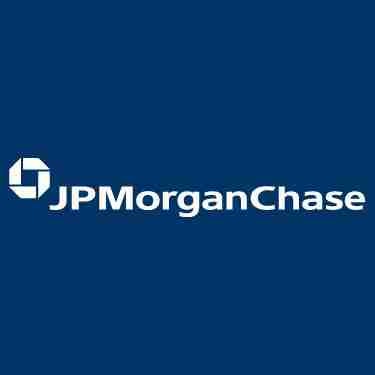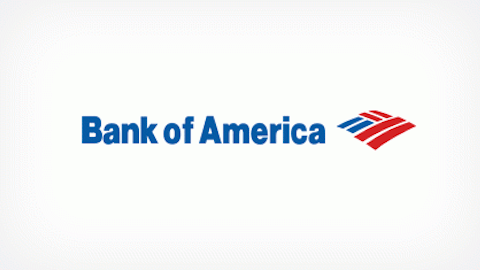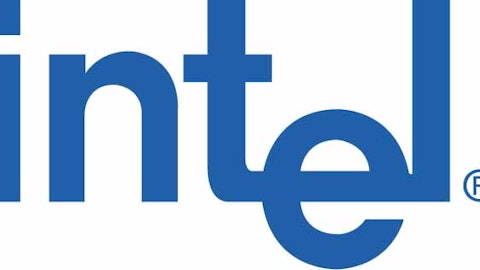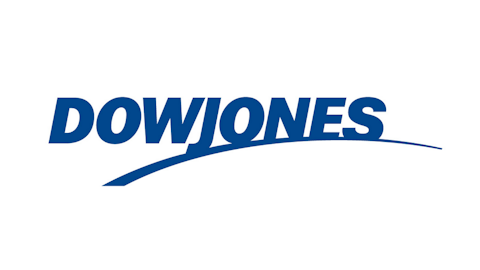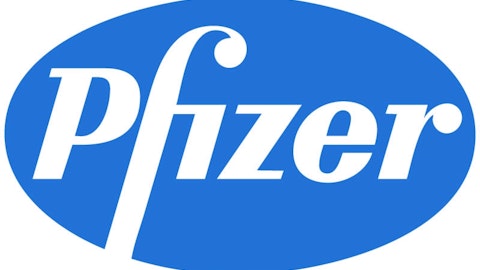Despite a number of mistakes, JPMorgan Chase & Co. (NYSE:JPM) has surprisingly been able to maintain its profitability. In 2012, including the $6.2 billion loss in the London Whale case, JPMorgan’s net income increased by 12% to 21.3 billion, its highest profit ever. But despite that number, you shouldn’t be fooled into thinking JPMorgan Chase & Co. (NYSE:JPM) is a good investment.
Over the last year, it has faced such debacles like the London Whale trading loss. Jamie Dimon, the chairman and chief executive, wrote:
“The London Whale was the stupidest and most embarrassing situation I have ever been a part of.”
The London whale case was based on transactions through the bank’s CIO’s London office. In an effort to execute a hedging strategy, a series of derivative trades were made. Unfortunately, for JPMorgan, these transactions resulted in an estimated $2 billion loss, which later swelled to over $6.2 billion.
The extent of risk
According to one analyst, JPMorgan Chase & Co. (NYSE:JPM) has paid $16 billion in litigation expenses and $8.5 billion on regulatory and legal issues since 2009. These settlements accounted for 12% its total net income over the same time period. These types of mistakes have made JPMorgan one of the riskiest big banks in America.
JPMorgan Chase & Co. (NYSE:JPM)’s competition is Wells Fargo & Co (NYSE:WFC) and Bank of America Corp (NYSE:BAC). And while all 3 banks are considered too big to fail, both Wells Fargo and Bank of America have been able to avoid making the same mistakes as JPMorgan.
Regardless of the losses, JPMorgan is the still the largest U.S. bank with assets of $2.4 trillion. For perspective Bank of America Corp (NYSE:BAC)’s total assets are around $2.2 trillion. But one has to wonder whether it can keep rolling with the punches.
Once JPMorgan Chase & Co. (NYSE:JPM) was considered one of America’s safest banks, and it’s CEO Mr Dimon among the great risk managers. But maybe that time has passed.
Now it’s a bank whose balance sheet is one-ninth the size of U.S economy. It’s also a bank that consistently makes costly mistakes. Should an organization of this size have such weakness in its internal controls? I would say no.
After enduring the London whale incident, JPMorgan Chase & Co. (NYSE:JPM)’s recent mistakes look small. Some other charges include mis-investing client’s pension funds and messing up residential mortgage-backed securities. In Alabama, JPMorgan must forgive $842 million in debt from a local county.
The financials
Despite the turmoil, the numbers look good. In the first quarter, it reported a record breaking net profit of $6.5 billion, up 33%. It also managed to lower its provision for credit losses which indicates improvement in its asset quality. Mortgage originations showed improvement, as it was up 37% over the prior quarter.
Growth in mortgage banking surpassed that of Wells Fargo & Co (NYSE:WFC). And JPMorgan plans to raise its dividend from $0.30 to $0.38 per share. It also expects healthy growth in its second quarter and through the rest of the year.
But in the long run, it will need better corporate governance to be a viable investment. Let’s face it, JPMorgan doesn’t have the best reputation. If it doesn’t take better care of its customers, employees, and itself, tough times will follow.
Competition
For competitive analysis of banks, a comparison of liquidity to capital positions is one of the best approaches to measure strength. In the first quarter, JP Morgan reported a Basel III Tier 1 common ratio of around 9%. This was inferior to Bank of America’s 9.52% but superior to the 8.9% Wells Fargo put in the books.
Looking at its loans to deposit ratio, JPMorgan Chase & Co. (NYSE:JPM) has a ratio of 0.54, while bank of America and Wells Fargo have 0.83 and 0.85, respectively. A ratio in proximity to one is usually considered best with regards to both profitability and liquidity position. JPMorgan’s .54 ratio means it has a lot of the cash sitting idle.
Conclusion
Despite recent strong financial results, JPMorgan needs to be held accountable for its latest debacles. Poor internal controls in risk management could be key drivers to the company’s downfall. JPMorgan needs to cut down on the mistakes to be a safer investment.
Red Chip has no position in any stocks mentioned. The Motley Fool recommends Bank of America and Wells Fargo. The Motley Fool owns shares of Bank of America, JPMorgan Chase & Co (NYSE:JPM), and Wells Fargo. Red is a member of The Motley Fool Blog Network — entries represent the personal opinion of the blogger and are not formally edited.
The article JPMorgan Continues to Make Mistakes originally appeared on Fool.com and is written by Red Chip.
Copyright © 1995 – 2013 The Motley Fool, LLC. All rights reserved. The Motley Fool has a disclosure policy.
